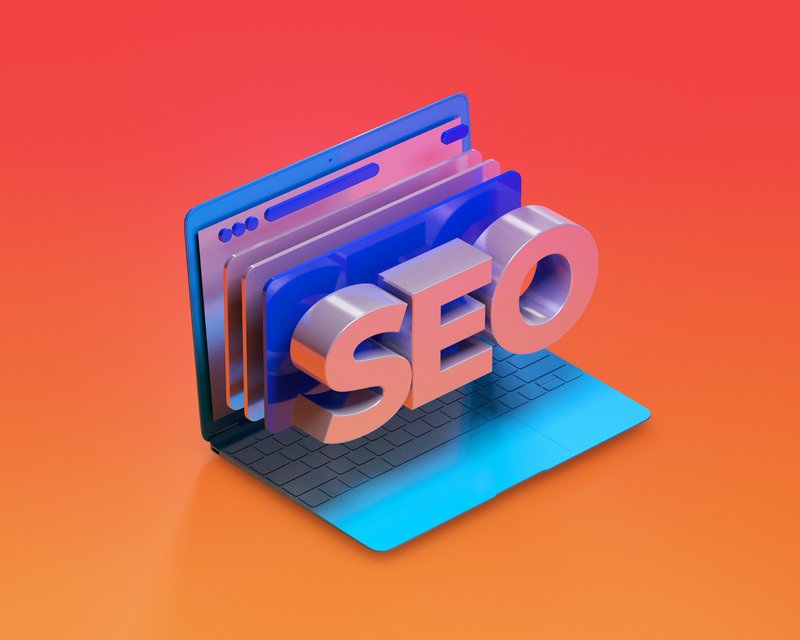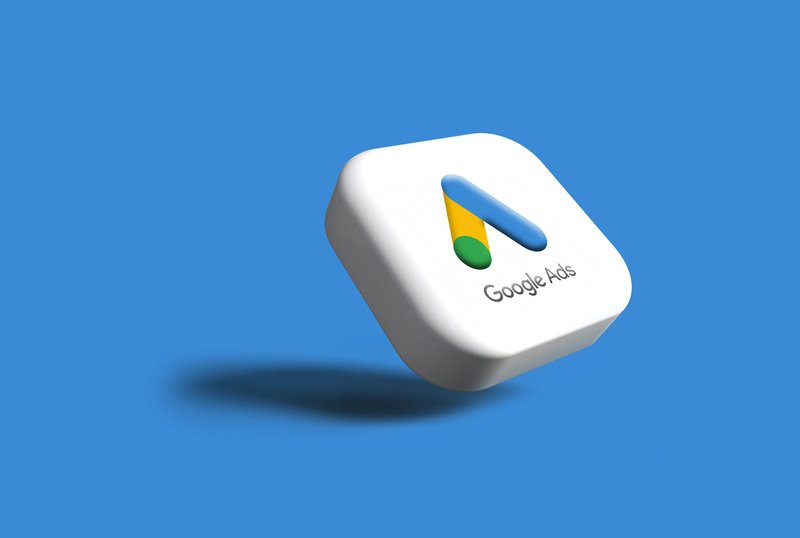Every business today faces the same marketing dilemma: with so many digital channels available, where should you focus your energy and budget to get the best leads? Should you invest in SEO for long-term visibility, SEM for instant results, or social media for engagement and brand building? Choosing the wrong channel can mean wasted time, effort and money. Choosing the right one can transform your lead generation results.
There’s no universal answer. Your decision depends on your goals, resources, industry and audience behaviour. In this guide, we’ll explore the ins and outs of SEO, SEM and social media so you can make a confident, informed decision about which channel (or mix of channels) is best for you.
Understanding the Three Channels
Before we compare them, let’s clearly define what each channel entails.
Search Engine Optimisation (SEO)

SEO is the process of improving your website to rank higher on search engines like Google. It’s an organic approach, meaning you don’t pay directly for clicks. Instead, you invest in optimising your site content, speed, structure and authority. While SEO is a long game, the payoff can be significant: a steady stream of high-intent leads at little incremental cost once you rank.
Search Engine Marketing (SEM)

SEM refers to paid advertising on search engines, commonly known as Google Ads. It works on a pay-per-click model, where you bid for keywords and your ad shows up at the top of search results. Unlike SEO, SEM can deliver instant visibility, but it comes with ongoing costs and requires careful management to ensure ROI.
Social Media Marketing

Social media marketing includes both organic activity (posting, engaging, building a community) and paid activity (Facebook Ads, LinkedIn Ads, Instagram campaigns). Social platforms are excellent for targeting, storytelling and brand awareness. They may not always drive direct high-intent leads, but they excel at creating demand and nurturing prospects.
The Case for SEO: Sustainable Growth
SEO is often seen as the backbone of digital marketing. Here’s why:
- Cost Efficiency in the Long Run: Unlike SEM, where costs rise with every click, SEO builds equity. Once you’ve secured strong rankings, you continue to attract leads with little added spend.
- High Intent Traffic: People searching for “best accountant in Brisbane” are ready to take action. SEO ensures your brand appears right when they’re actively looking.
- Credibility and Trust: Users often skip ads and trust organic listings more, associating them with authority.
- Compounding Returns: SEO has a flywheel effect, the more content and authority you build, the faster your results grow.
However, SEO has its downsides. It requires patience (results can take months), ongoing optimisation, and adaptation to ever-changing algorithms. For small businesses looking for immediate results, SEO might feel frustratingly slow. Hire a freelance marketer through Cemoh.
The Case for SEM: Instant Impact
If speed is your priority, SEM is unmatched:
- Immediate Visibility: Your ad appears as soon as your campaign goes live.
- Targeting Precision: With keyword, demographic, geographic and even device-level targeting, SEM lets you laser-focus on your ideal customer.
- Scalability: You can start small and scale as you learn what works.
- Data-Rich Insights: SEM provides quick feedback, helping you refine campaigns and even inform SEO and content strategies.
But SEM is not without challenges. Costs can skyrocket in competitive industries (e.g., legal, finance). Poorly managed campaigns can burn budgets quickly. And unlike SEO, when you stop paying, the leads stop flowing.
The Case for Social Media: Brand + Community Power
Social media is about creating genuine engagement and building brand equity.
- Powerful Targeting: Platforms like Facebook and LinkedIn allow advanced targeting by interests, job titles, behaviours and more.
- Brand Storytelling: Social is perfect for communicating brand values, showing personality and building emotional connections.
- Two-Way Engagement: Unlike search, social media allows conversation, customers can interact, share, and spread your message.
- Demand Generation: Even if users aren’t searching for your service yet, social helps you plant the seed.
The downside? Organic reach has declined, meaning paid campaigns are almost significant. Also, social leads often require nurturing before they’re ready to convert.
Which Channel is Best for Lead Generation?
The answer depends on your unique situation. Let’s break it down by scenario.
If You’re a New Business
SEM might be the best choice. You need visibility fast, and ads can put you in front of your audience immediately while you work on building SEO foundations.
If You’re on a Tight Budget

SEO is your best bet. It requires time and effort, but once rankings improve, you’ll enjoy ongoing leads without paying per click.
If Your Business Relies on Trust and Relationships
Social media is invaluable. By showcasing your expertise, sharing testimonials and engaging directly with prospects, you build credibility that translates into leads.
If You’re in a Highly Competitive Industry
A mix is often required. SEM can secure immediate results, SEO builds long-term sustainability, and social supports brand differentiation.
Integrating SEO, SEM and Social: The Best of All Worlds
The most successful lead generation strategies rarely rely on one channel alone. Instead, they integrate SEO, SEM and social into a cohesive plan.
- SEO + SEM: Use SEM to gain quick wins and collect data on which keywords convert best, then use SEO to target those keywords long-term.
- SEO + Social: Share optimised blog content on social media to extend reach and drive organic traffic.
- SEM + Social: Retarget social audiences with SEM ads, or vice versa, to stay top-of-mind across multiple touchpoints.
By integrating channels, you maximise reach, balance short-term and long-term goals, and ensure you’re not dependent on a single source of leads.
Common Mistakes to Avoid
When choosing your lead generation channel, beware of these pitfalls:
- Neglecting Measurement: Without proper tracking, you won’t know which channel is delivering results. Use tools like Google Analytics and Meta Ads Manager.
- Spreading Too Thin: Trying to do everything at once can dilute your efforts. Focus on one or two channels, master them, then expand.
- Ignoring Your Audience: Just because a channel works for one business doesn’t mean it will work for yours. Understand where your audience spends time and how they prefer to engage.
How to Decide the Right Channel for You
Here’s a step-by-step approach:
- Define Your Goals: Are you after immediate leads, long-term growth, or brand awareness?
- Understand Your Audience: Where do they spend time online? What platforms influence their decisions?
- Assess Your Resources: Do you have the budget for SEM, the patience for SEO, or the content capacity for social?
- Test and Measure: Run small-scale campaigns, compare results, and refine your strategy.
Why a Professional Can Help
A marketing strategist can assess your unique situation, create a tailored strategy, and help you avoid costly mistakes. They’ll balance immediate ROI with long-term growth, ensuring your lead generation efforts are both effective and sustainable.
If you’re not sure whether to go heavy on SEO, double down on SEM, or invest in social media campaigns, the smartest move might be to hire a fractional marketing expert. They bring experience across industries and can align your marketing investment with your business goals.
Choosing Smart, Not Just Fast
The choice between SEO, SEM and social media is about aligning the right channel to your business objectives, audience, and resources. For some businesses, SEM delivers the urgency they need. For others, SEO provides sustainable growth. And for many, social creates the trust and engagement that fuels leads.
The best strategies don’t rely on guesswork, they’re based on data, experimentation, and a clear grasp of your market. And when in doubt, partnering with a seasoned marketing consultant or strategist can help you make confident, ROI-driven decisions.
Ready to cut through the noise and choose the right channel for your business? Don’t leave it to trial and error, hire a digital marketing strategist today and start generating leads that matter.
